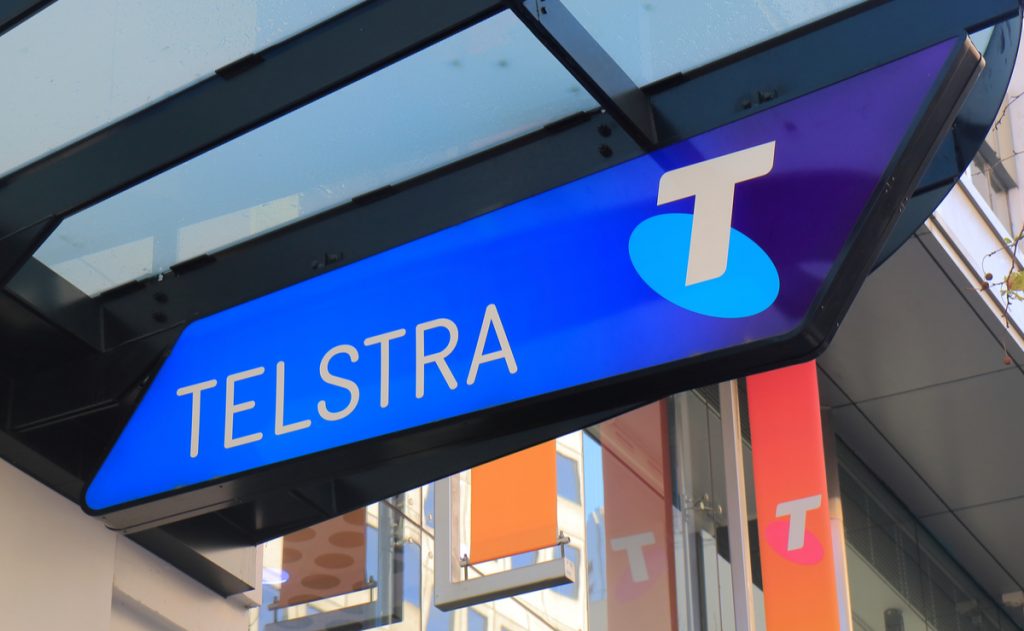The veil on the Telstra monolith is slightly lifted, with Telstra InfraCo recently announced that it would create a pair of carrier-neutral data centers in Melbourne and Sydney.
Earlier it was only available through Telstra Wholesale, and the company said that the centers would provide “greater flexibility for those customers working with other carriers for their connectivity.” Seeing and evaluating the uptake of the offering, InfraCo will roll it out to the rest of the data centers.
The company iterated that InfraCo will own or have renewable energy generation contracts equal to all the energy used in its entire operations. Last year in 2020, Telstra was given a carbon neutral certificate, saying it was not easy to purchase carbon offsets from local projects.
In November, Telstra talked on a platform about restructuring into the tower, fixed, and service entities. The service entity would gain the bulk of Telstra, owning its retail business, active electronics, radio access network, spectrum, plus offering services and products to the customers. But, the existing Telstra corporate body and debt would sit with InfraCo fixed. It was later said to create a brand that will hold its international assets.
Telstra announced an AUD 2.8 billion sales of part of its InfraCo Towers business. Before that, it was approached by a consortium including Commonwealth Superannuation Corporation and Sunsuper. And once this deal is closed, InfraCo Towers will have no debt. The 15-year-old agreement also gets extension options for Telstra to make use of its infrastructure.
In the initial time of the year, InfraCo opened up its dark fiber network, offering 250 pre-defined paths across six states that go through 68 metro data centers, 78 NBN points of interconnect, and two cable landing stations.
The company also said that it was approached by the Australian Government to buy Digicel Pacific, with the government set to do “particular funding” for any transaction.
What leaders have to say
“InfraCo data centers provide highly secure, reliable, and flexible environments for network operators and service providers, such as global carriers, internet service providers and over the top providers, to connect out to their business locations, facilities and other data center operators,” said Telstra’s InfraCo Exchanges and amp; Infrastructure Executive Rachel Johnson-Kelly.
Kelly added: “These Data Centres provide 100% power availability targets, which are backed by service levels and rebates. They use dual grid feeds with state-of-the-art equipment and support for high power densities, allowing customers to scale on request, without the need to re-configure powering requirements to deliver big data analytic services and peak workloads.”














